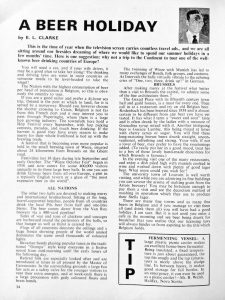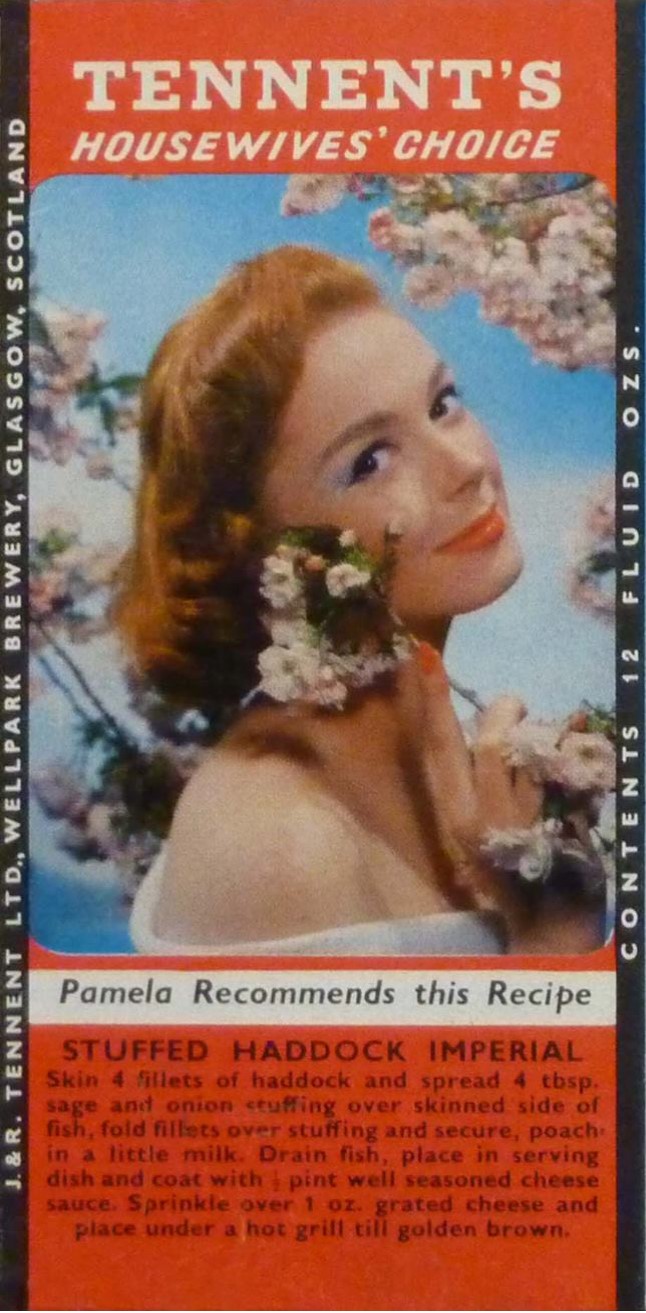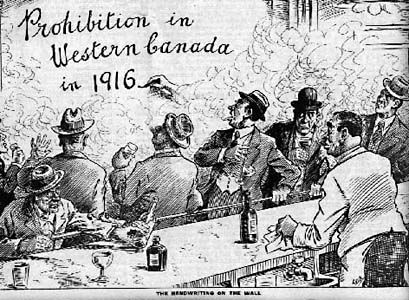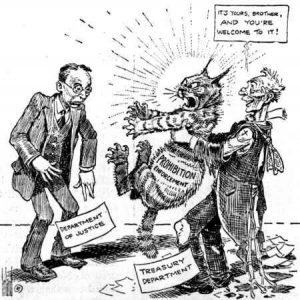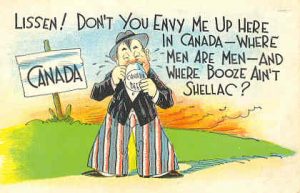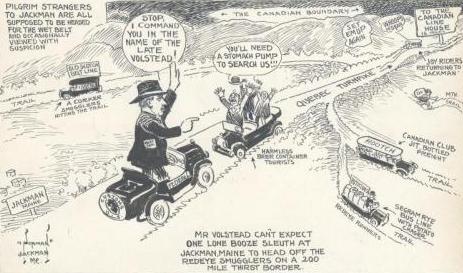 So, if I was going to write about all the interesting things I read this week, I need to first acknowledge all the uninteresting things I read this week but then not write about those things so that I can focus on writing about all the interesting things. [Thanks, folk who are keeping good beer stuff so dull!] Now, one of the most interesting things I read this week were the labels by the apples in this image from Instagram and Twitter posted by RV Nurseries of Yorkshire. These are apples from cider varieties all pre-dating the year 1800… which itself is a date that is now 219 years ago. That is very interesting. Very very interesting. Sets a standard this week for interestingness, doesn’t it.
So, if I was going to write about all the interesting things I read this week, I need to first acknowledge all the uninteresting things I read this week but then not write about those things so that I can focus on writing about all the interesting things. [Thanks, folk who are keeping good beer stuff so dull!] Now, one of the most interesting things I read this week were the labels by the apples in this image from Instagram and Twitter posted by RV Nurseries of Yorkshire. These are apples from cider varieties all pre-dating the year 1800… which itself is a date that is now 219 years ago. That is very interesting. Very very interesting. Sets a standard this week for interestingness, doesn’t it.
Speaking of apples, Nicci Peet’s extremely interesting interview with one Roger Wilkins, the owner of Wilkins Cider in Somerset was posted by one of the better sort of blogs that calls it self a periodical… no, publication… no, journal. It’s a bit of a trip back into the 1700s in the sense that the production is extremely spare and the cider-making dates back to the 1500s and the farmer appears to be an high-functioning alcoholic:
I’ve drunk cider ever since I were 5 years old, and course I drunk it all me life. Then when I left school, well, before I left school I used to help me Grandfather cos he was crippled with arthritis, he had bad hips. He died when I was 21, I’ll be 72 this year. So then I learned it all off of him right up until he died, then I just carried it on the same. But like I said, there’s not many places you can get proper cider today. You’ll never get a headache or hangover with this because there’s no [additives] in it.
Well, except the saccharine in the sweet cider. And we wonder where Strongbow came from? Very interesting, indeed.
 Also very interesting is the week Katie of @shineybiscuit (as illustrated, right) has been having working in a vineyard in the Mosel valley in Germany. Did you work in a vineyard in the Mosel this week? Me neither. I am in fact riddled with jealous to the point I hardly know how to type. She is not only learning about the Mosel but also Riesling grapes and the wine making techniques of Rudi. Holy Mo-lee. Very very interesting. She will write about it all in a story soon, too, which will also be very interesting.
Also very interesting is the week Katie of @shineybiscuit (as illustrated, right) has been having working in a vineyard in the Mosel valley in Germany. Did you work in a vineyard in the Mosel this week? Me neither. I am in fact riddled with jealous to the point I hardly know how to type. She is not only learning about the Mosel but also Riesling grapes and the wine making techniques of Rudi. Holy Mo-lee. Very very interesting. She will write about it all in a story soon, too, which will also be very interesting.
Perhaps not quite as interesting but still rather interesting is the fact that in 1968 Lionel Tutt won the World Beer Drinking Championship by downing 17 pints in an hour as well as the fact that you can watch a video of it now, 51 years later, and notice that he got rather loaded.
Stan wrote an interesting post about language about beer, correcting the recent allegation that these sorts of things (i) start with M. Jackson and (ii) are dependent on M. Jackson but then confirming how they were grabbed, shaped and then released again by M. Jackson. I love how he also corroborated my observations that said M. Jackson developed his thoughts on the unified structure of beer after his initial writings, an observation I shared yoinks ago – just look!
Avery wrote, “There is a move in MJ’s writing from an amateur understanding (in the true sense of the word, the amateur as a lover of something), to an adoption and, crucially, a demonstration of understanding of technical terms, to a move toward describing beers purely in sensory terms.”
It’s wonderfully being so totally vindicated. One quibble – “geek” is venerable and probably misapplied. Speaking not of which, Matt published a story one something called MASH (which is different from the other now semi-former MASH) about the problem with beer events today:
I feel that, presently, venue operators and producers see events as a necessity as opposed to an opportunity. They’re an easy-ish way of putting bums on seats and beer in glasses in an increasingly difficult market, with a consumer that has a limited amount of disposable income. I don’t see how this will reach outside of our insular beer community. This is where work needs to be done to ensure that events have value, so that the community can continue to flourish and grow.
While I have nothing to do with the “let’s grow the trade!!” aspect of beer writing I do like Matt’s candor about such things.
Speaking of degrees of exactitude, Jordan wrote a very interesting blog post about stats, demographics and macro economic trends that really surprised me in the sense that for fifteen years folks holding out to be beer economists have never written anything as useful. Cut to the core question:
The good news is that there is a generation behind them! Somehow we keep making people! Let’s look at the pyramid chart again and think about Generation Z, which is the post-Millennial generation. Mmm. Oh dear. That 1990’s drop in volume from the beer litres per capita chart? That corresponded with the Boomer – Gen X shift. Both of those groups are still much larger proportionally than Generation Z. I don’t think per capita consumption is going back up anytime soon.
 Lars provided us with the photo of the week, an art installation entitled “Kvass tank. Yoshkar-Ola, Mari Republic, Russia. 2017.” I particularly love the way the image confirms that concrete provides no drainage while capturing the moment the girl in the black dress was getting a poorer photo of the same scene from the backside of the really angy looking kvass seller. Check out the high res version of you disagree. Please bring exact change.
Lars provided us with the photo of the week, an art installation entitled “Kvass tank. Yoshkar-Ola, Mari Republic, Russia. 2017.” I particularly love the way the image confirms that concrete provides no drainage while capturing the moment the girl in the black dress was getting a poorer photo of the same scene from the backside of the really angy looking kvass seller. Check out the high res version of you disagree. Please bring exact change.
Fabulous. A revelation even. I don’t even know where the Mari Republic is! Kray. Not unlike the next story. Except for the lack of resemblance stuff. The Stonch blog lit up in activity this week with a defense of Coconut IPAs. Let me ruin the ending for you:
Danse des Coco certainly doesn’t let the side down. I drank three 500ml cans just to be sure. Like the Italian beer I’d drank a fortnight earlier, it was nice and strong (6.9% abv). Again, this showed me that coconut can really work in brewing. The fruit was more pungent in this example, and the overall package heavier and more bitter, but once more I was drinking a great beer. I used to be sniffy about brewing with adjuncts. I’ve learned not to be. Quite simply, I think craft beer is getting better: the brewers are more experienced, the standard expected by consumers is higher. For those of us who’ve expressed legitimate scepticism in the past, it’s worth overcoming old prejudices and embracing new styles.
Coconut IPA!?! I can’t imagine the pleasures it held. But that’s because I was not there.
Finally, Matt* (again and perhaps unlike others) offered a moderately clear understanding of all those who paid his way to get on a bus in the Czech Republic (unlike those elsewhere paying their own way) on a Pyongyang-style guided and structured tour of repeat offender breweries with a load of other writers – all the while all of whom were missing entirely the fact that one of the land’s most venerable breweries on the tour was days away from financial and legal collapse. Experts! Note: Beth Demmon goes all in on transparency. Wow.
Well, that was better than expected. Just to review. Fest? Boring. Awards?* Well, what a surprise! Junkets? Only thing different is the seats they were assigned on the bus. So… wait for further Boak and Bailey news update on Saturday and then check out Stan on Monday. Audiophiles are ranting about the OCBG Podcast on Tuesdays, too. See you next week for more logging of the beery web. Laters!
*For the double! And as noted was about to occur last week…
**That’s me in the white shirt…

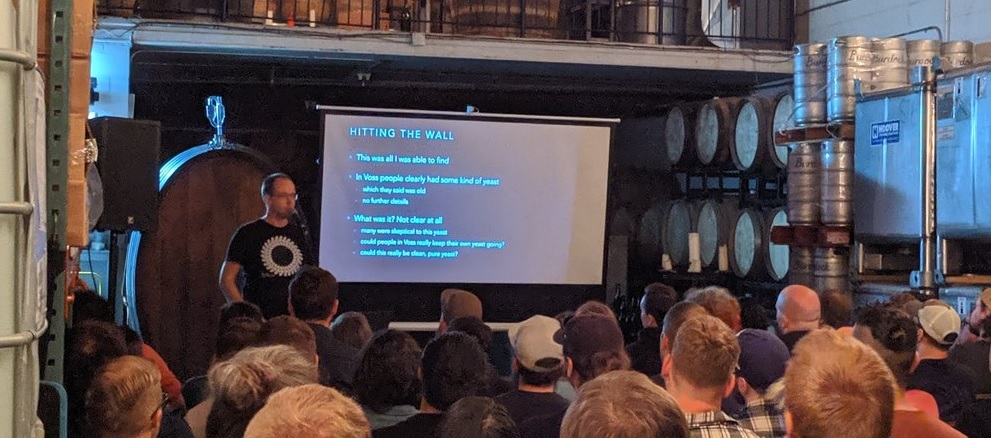
 Did someone say England? The BBC Archives shared
Did someone say England? The BBC Archives shared 
